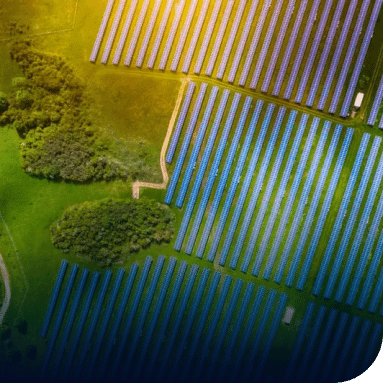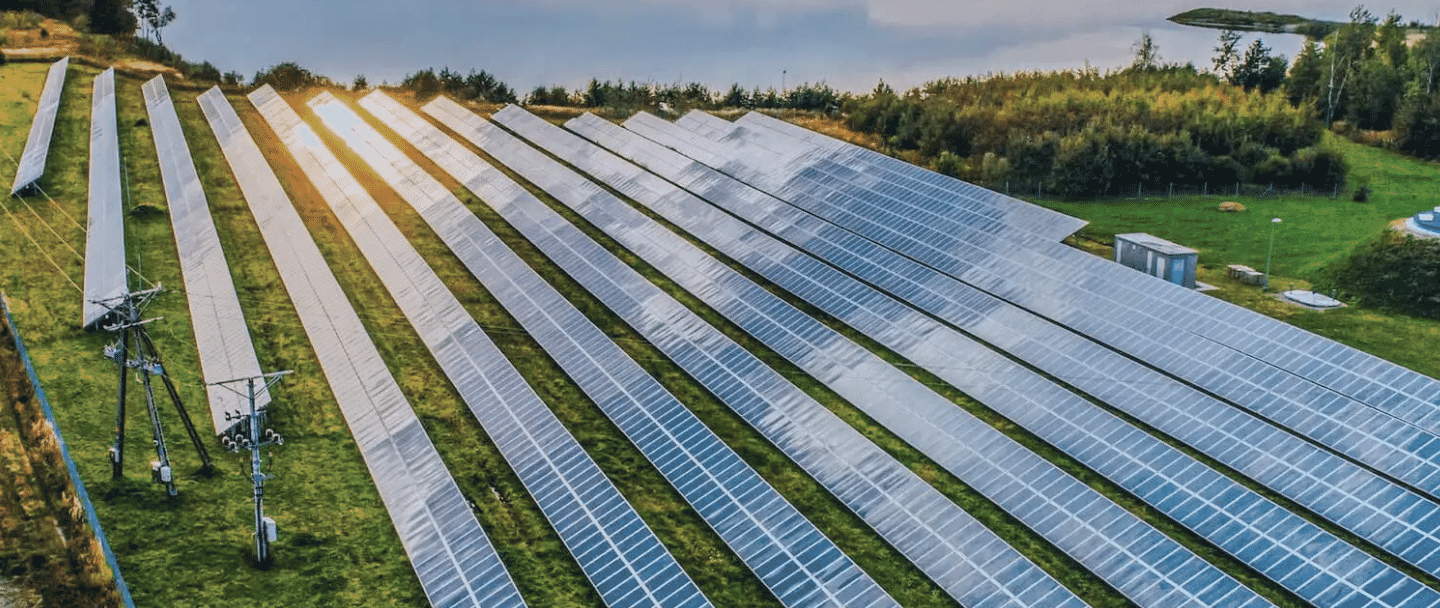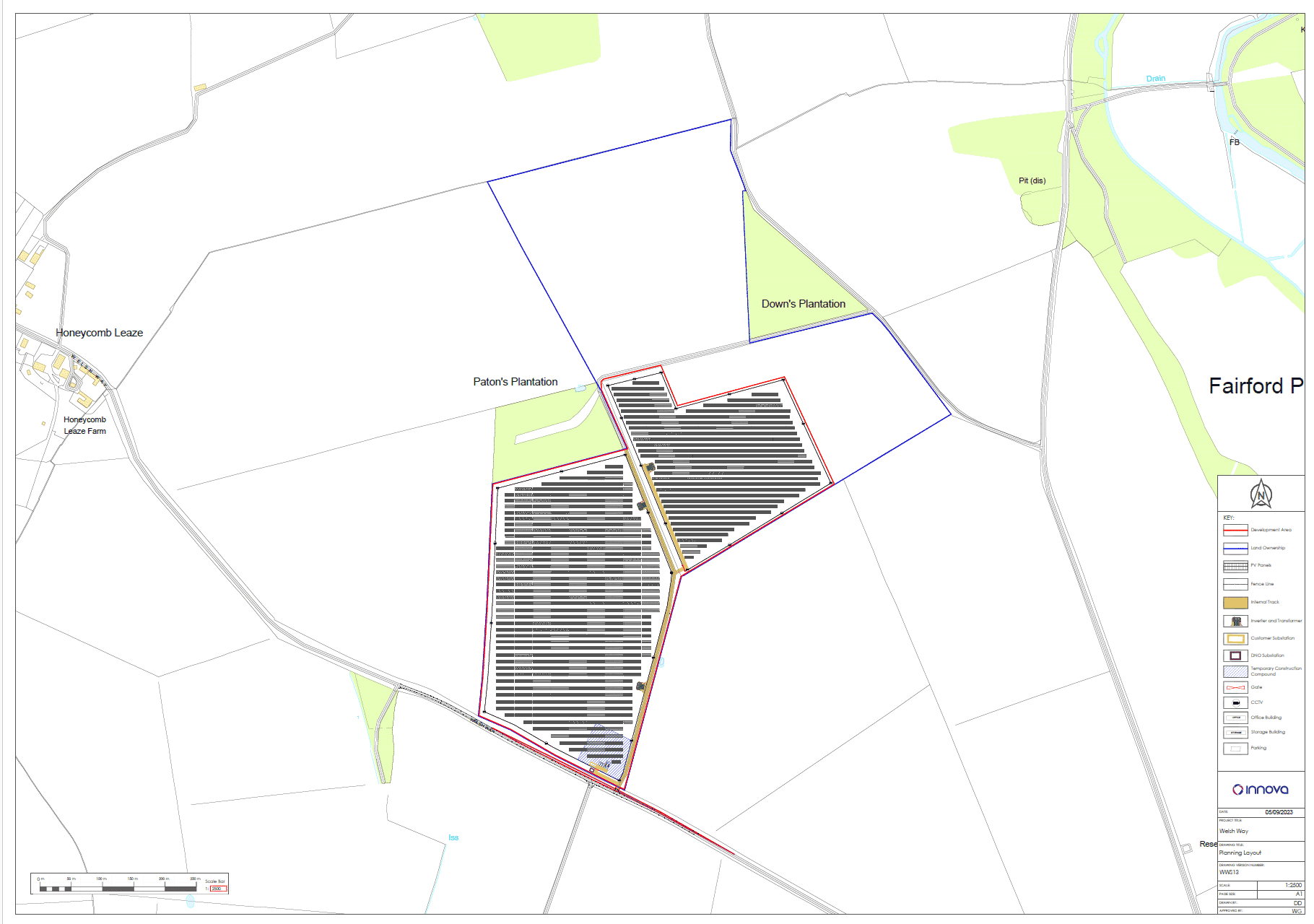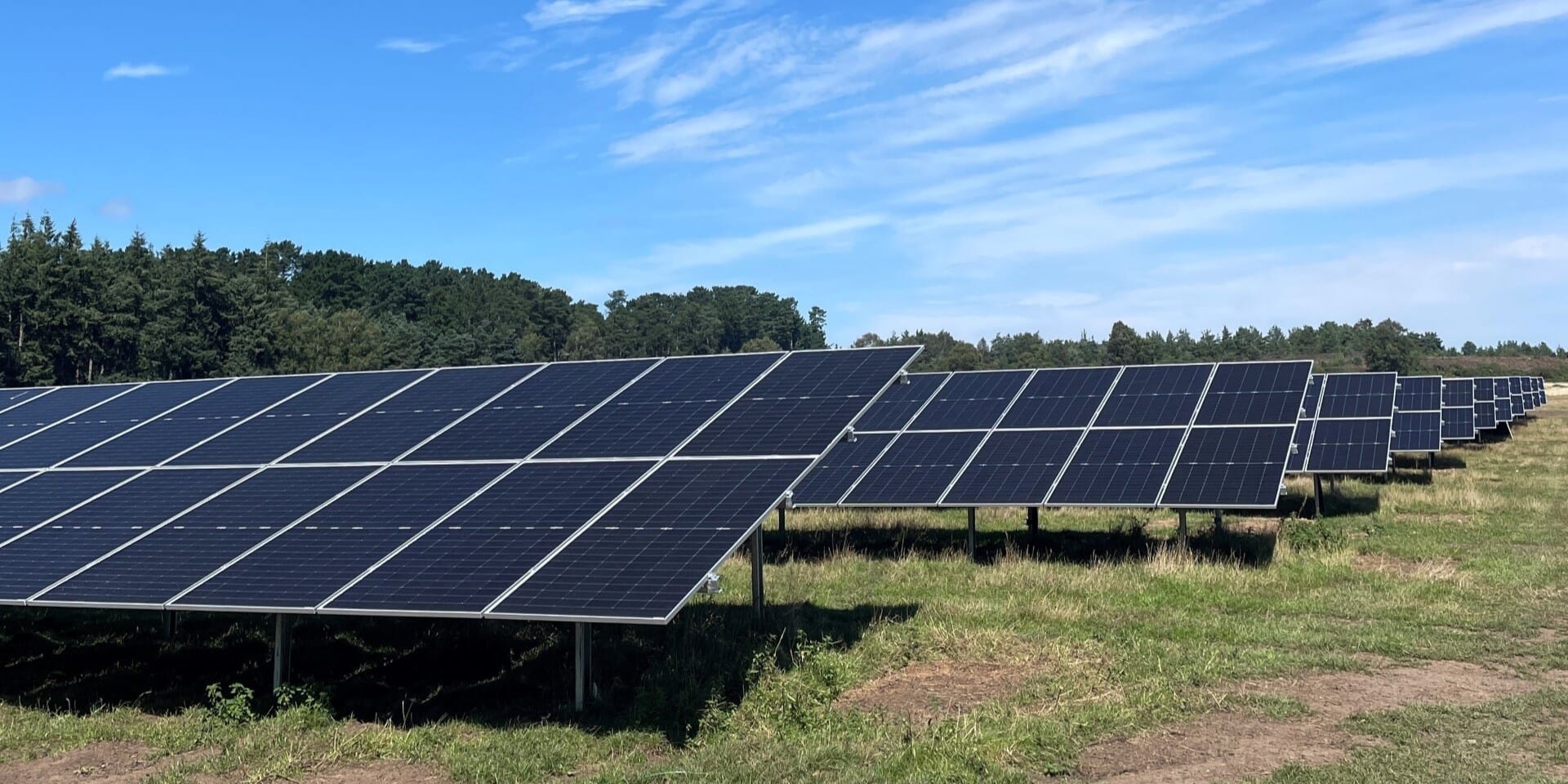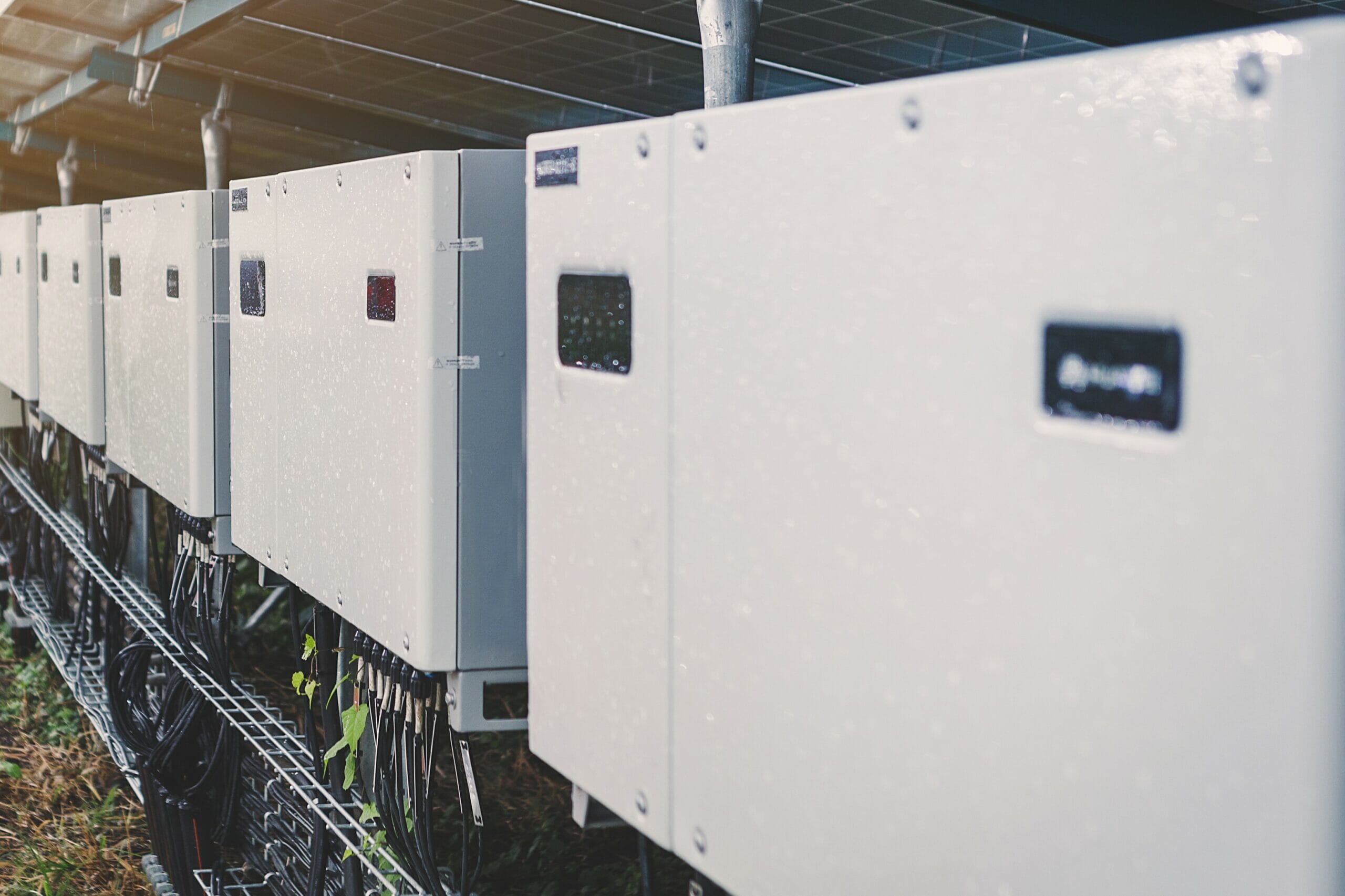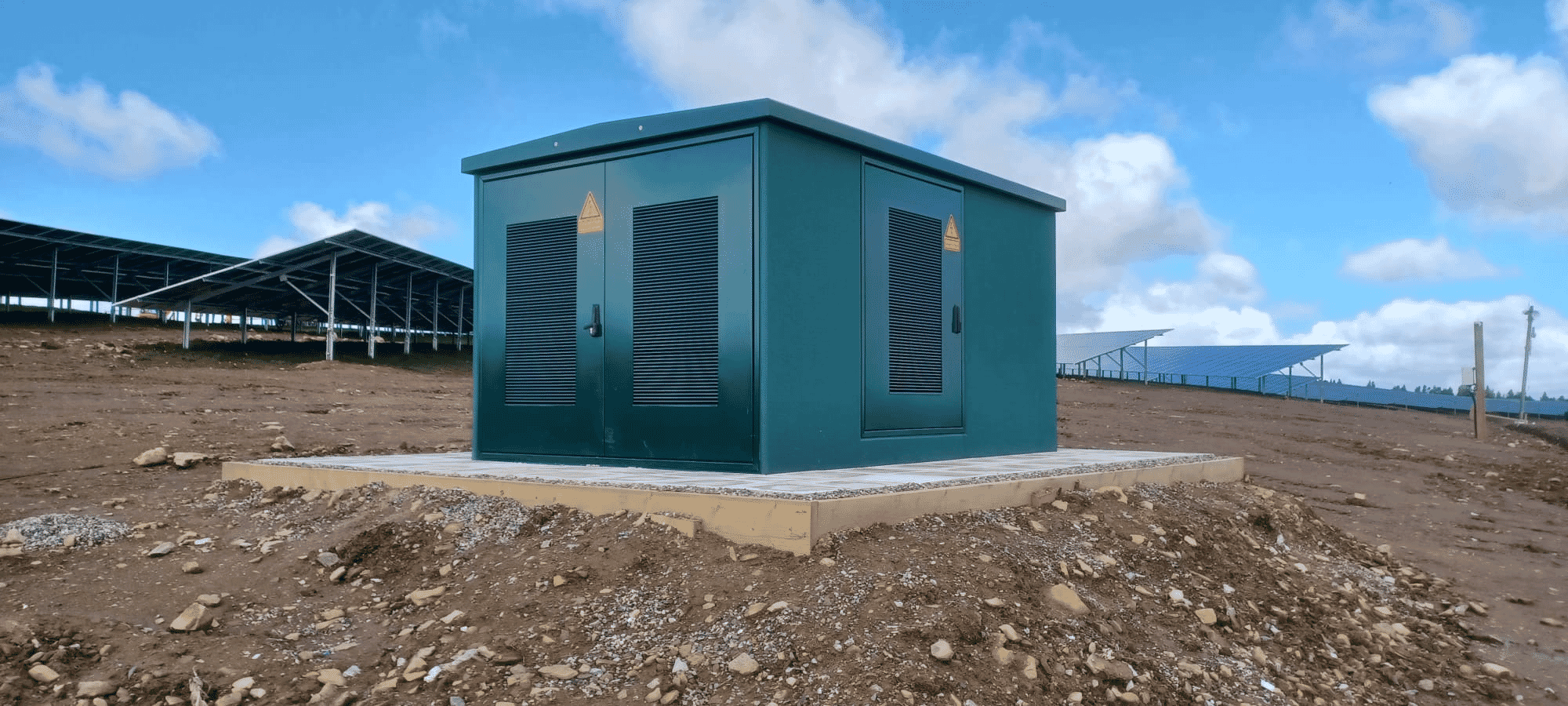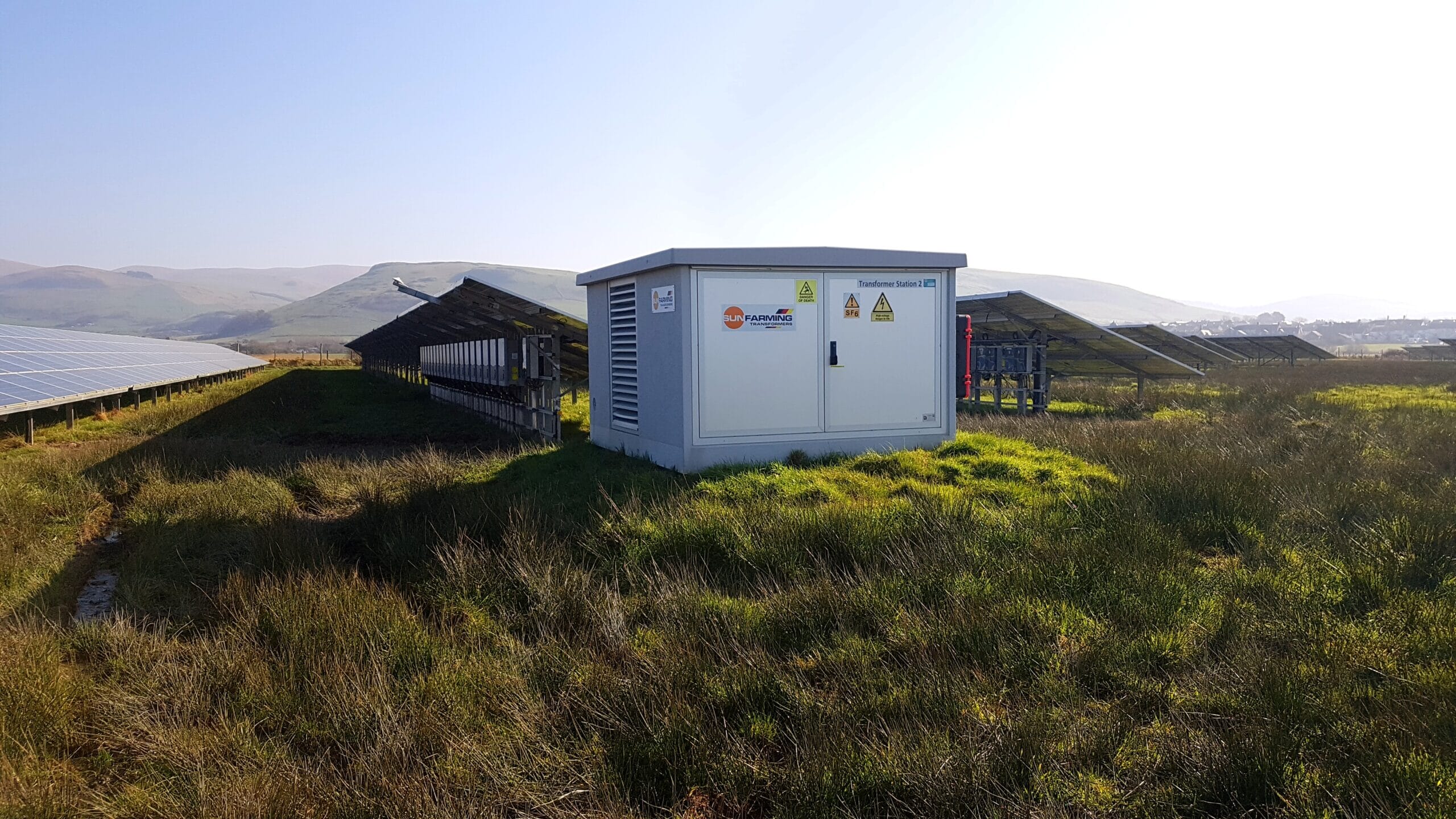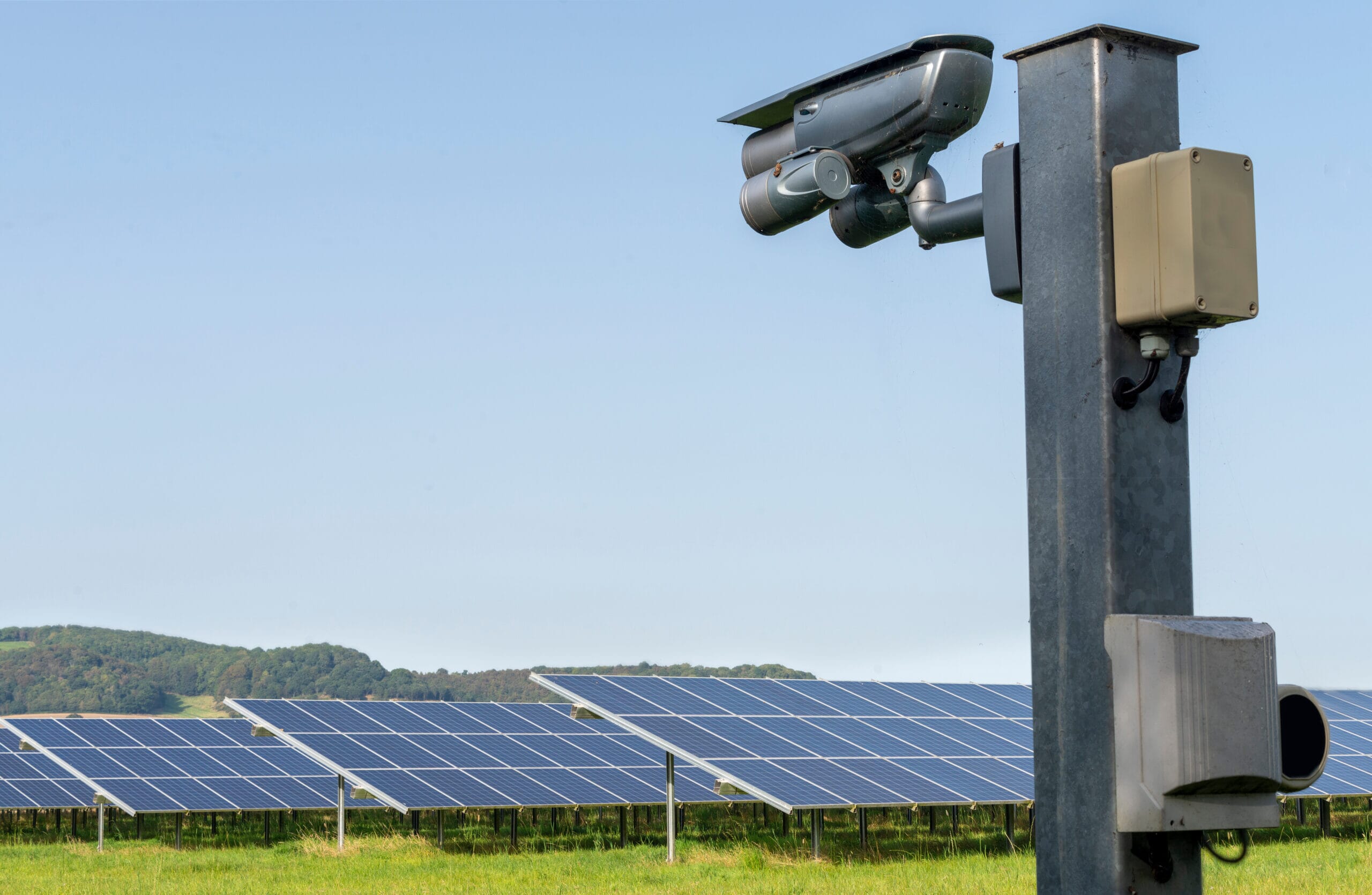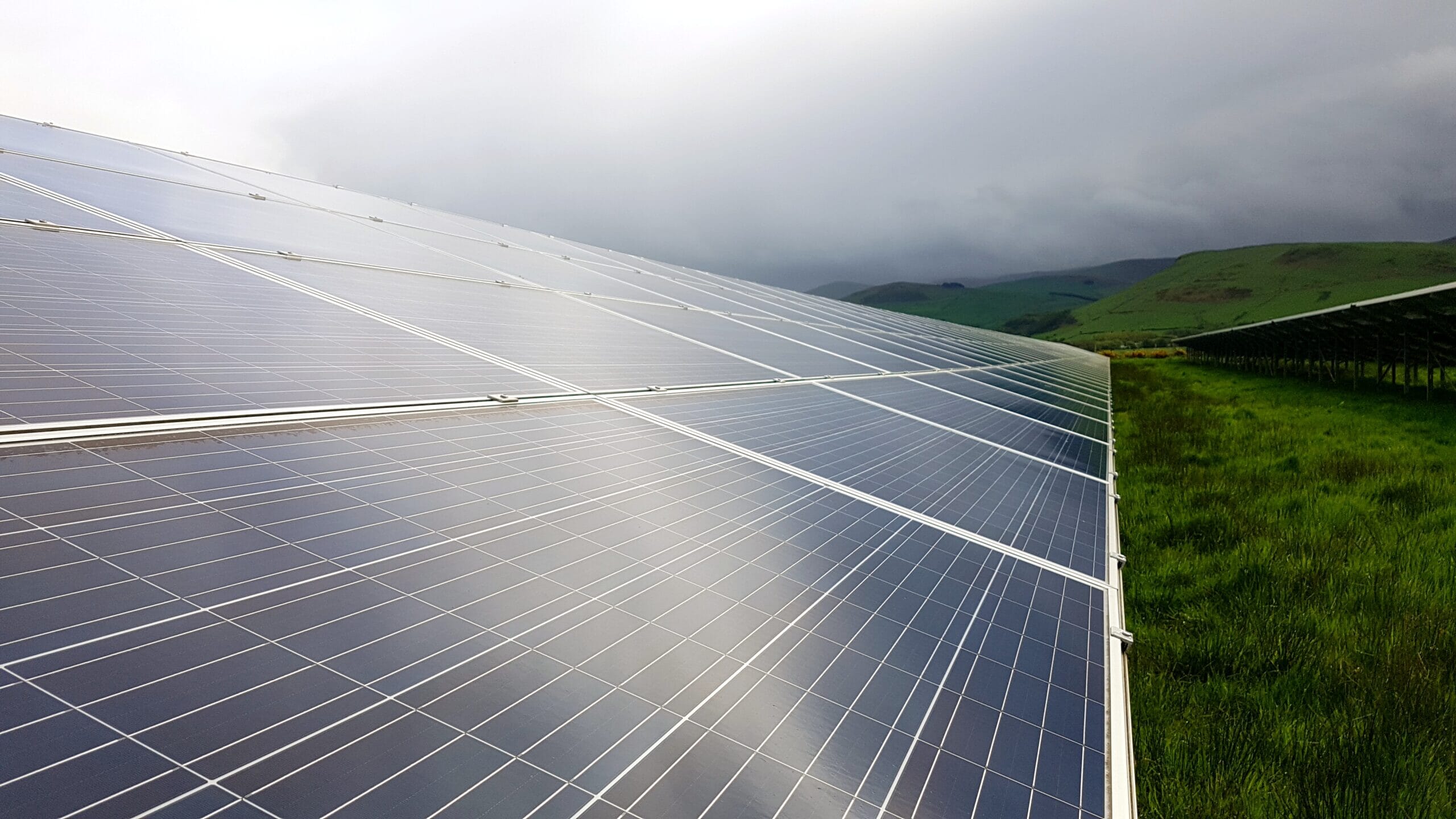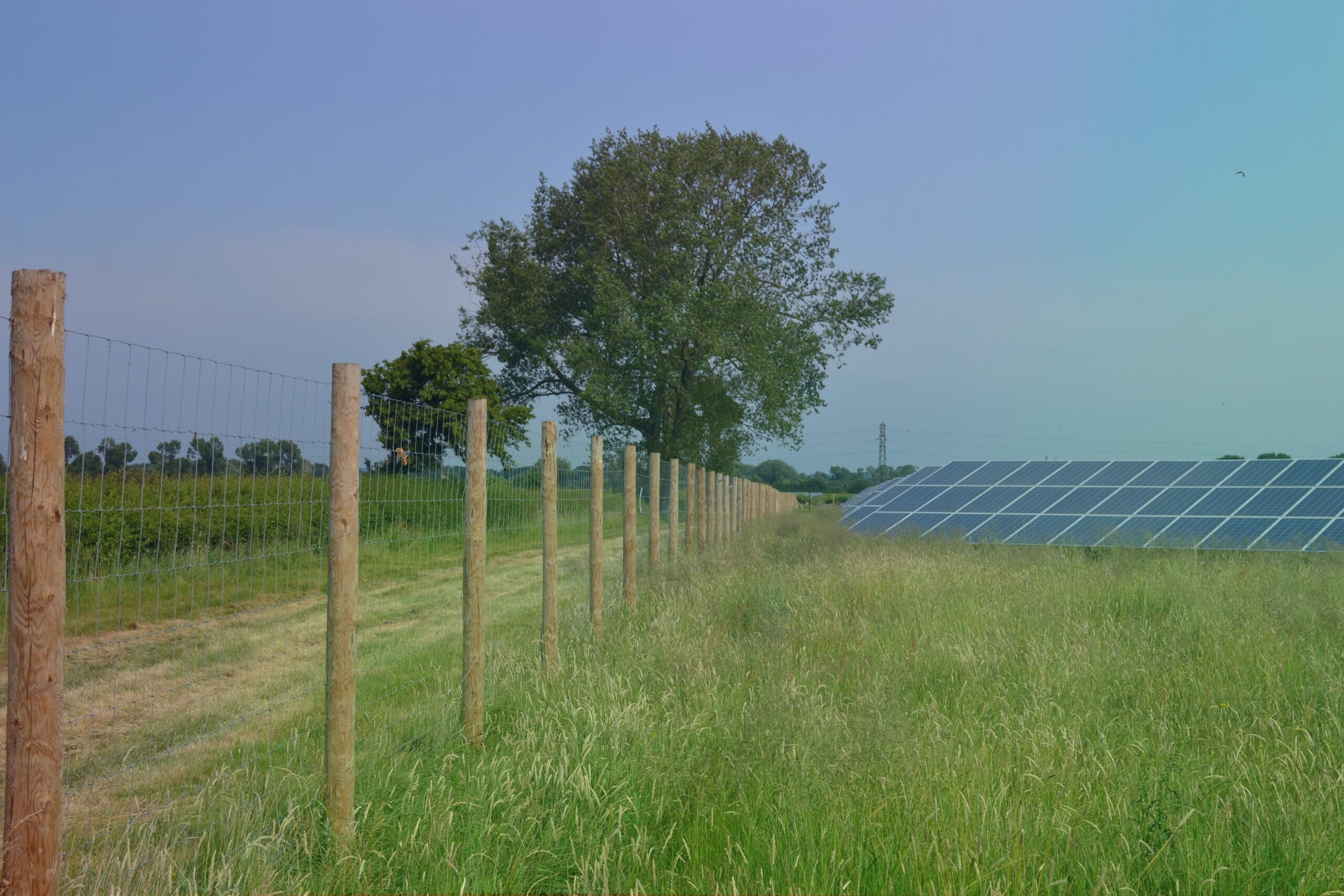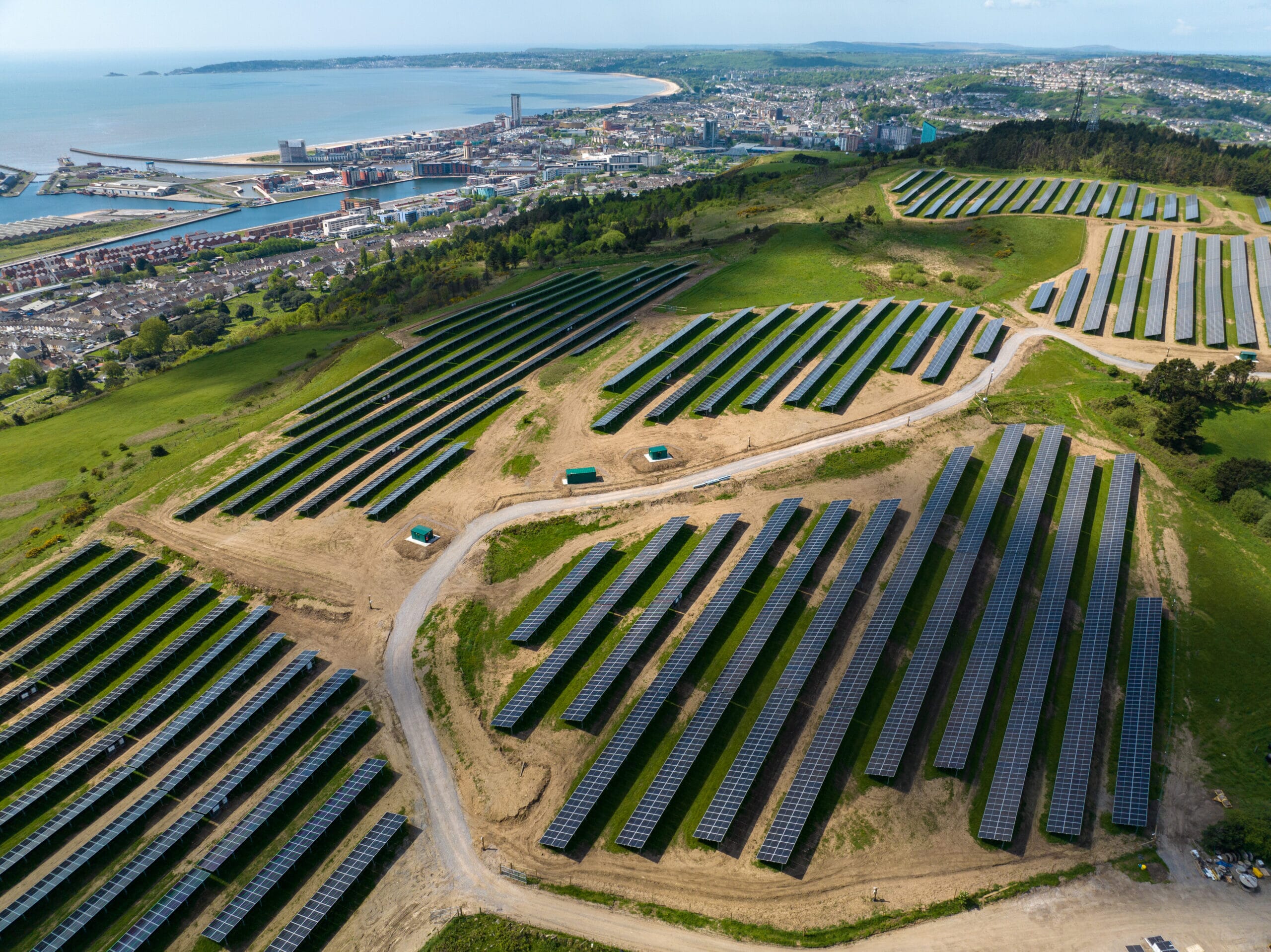Specialist consultants completed a range of surveys that informed the design and were submitted with the planning application:
Landscape and Visual: The site extends across two fields, which benefit from existing landscape screening within an extensive network of bounding hedges and woodland. We will enhance and reinforce this existing screening. A Landscape and Visual Impact Assessment informed the landscape strategy and was included in the planning application
Agricultural Land Quality: We have undertaken a site-specific agricultural land classification survey, which confirms that the land is classified as Grade 3b. Therefore, the site is not classed as ‘best and most versatile’ agricultural land (Grade 1 to 3a).
Cultural Heritage and Archaeology: We have undertaken a Historic Environment Desk-Based Assessment of the local designated and non-designated heritage assets and considered the potential for non-designated archaeology. Following this assessment, a geophysical survey was completed across the site to confirm any potential archaeological remains. The outcome of this survey has informed the site layout.
Ecology: Ecology surveys were completed and an Ecological Impact Assessment prepared to ensure existing habitats are enhanced and new habitats created to the benefit of local wildlife. A Landscape and Ecology Management Plan details how the on-site habitats are to be managed and maintained for the duration of the project.
Hydrology: The site is located within Flood Zone 1, the area recognised by the Environment Agency as having the lowest probability of flooding. A flood risk assessment and sustainable drainage strategy were included in the planning application.
Glint and Glare: We undertook a Glint and Glare Assessment, which assessed road safety, residential amenity, and aviation activities associated with RAF Fairford, Calcot Peak Airfield, and South Cerney Airfield. The assessment found:
- no significant impacts are predicted upon road safety, residential amenity and upon aviation activity associated with Calcot Peak Airfield and South Cerney Airfield
- no impacts predicted upon aviation activity associated with RAF Fairford


